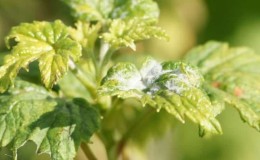Currant

Blackcurrant, rich in vitamin C, is successfully grown in central Russia - the berry is frost-resistant, can withstand sudden changes in weather, and is unpretentious in cultivation. According to the ripening period, currants are divided into early, mid-ripening and late...
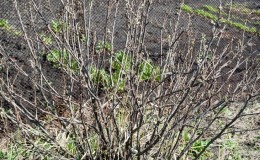
Many gardeners grow currants on their plots and cottages. This shrub with tasty and healthy fruits is hardy and undemanding in care. However, if you regularly violate the rules of agricultural technology, you may encounter problems...

White currants are steadily popular among domestic gardeners. The fruits of this plant are less likely to cause allergies than brighter berries. They have a refreshing sweet and sour taste and delicate aroma, which are significantly different from...
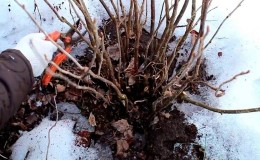
In spring, all fruit plants need care. In the case of currants, there are certain nuances that must be taken into account in order to maintain high yields. In the spring, gardeners perform replanting, pest control,...

Crop rotation is an important component of proper cultivation of cultivated plants. It is necessary not only for annuals, but also for shrubs and trees. Following recommendations for the selection of preceding and neighboring crops improves productivity. Let's tell you what...
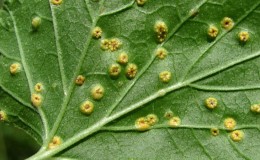
Currants are one of the most unpretentious and hardy garden plants. Black, red and white varieties of this crop can grow in all regions of our country. She is low maintenance and...
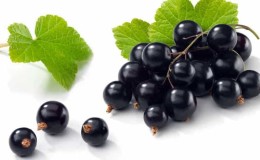
The currant diet is a simple, effective and inexpensive way to lose weight, especially for those who cannot stick to the diet for too long. The diet is extremely simple: replace all meals for three days...
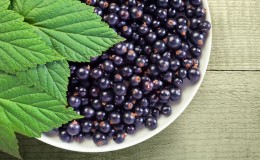
Due to the rich composition of beneficial compounds, currant leaves are widely used as a preventive and therapeutic agent. With their help, you can protect the body from infections, resist diseases of the heart, blood vessels, liver and kidneys, ...
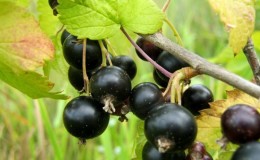
One of the signs of a healthy plant is leaves that are bright and rich in color. A change in shade and deformation of the leaf plate indicate improper care, but more often it is a sign of disease or pest activity. We'll tell you...
